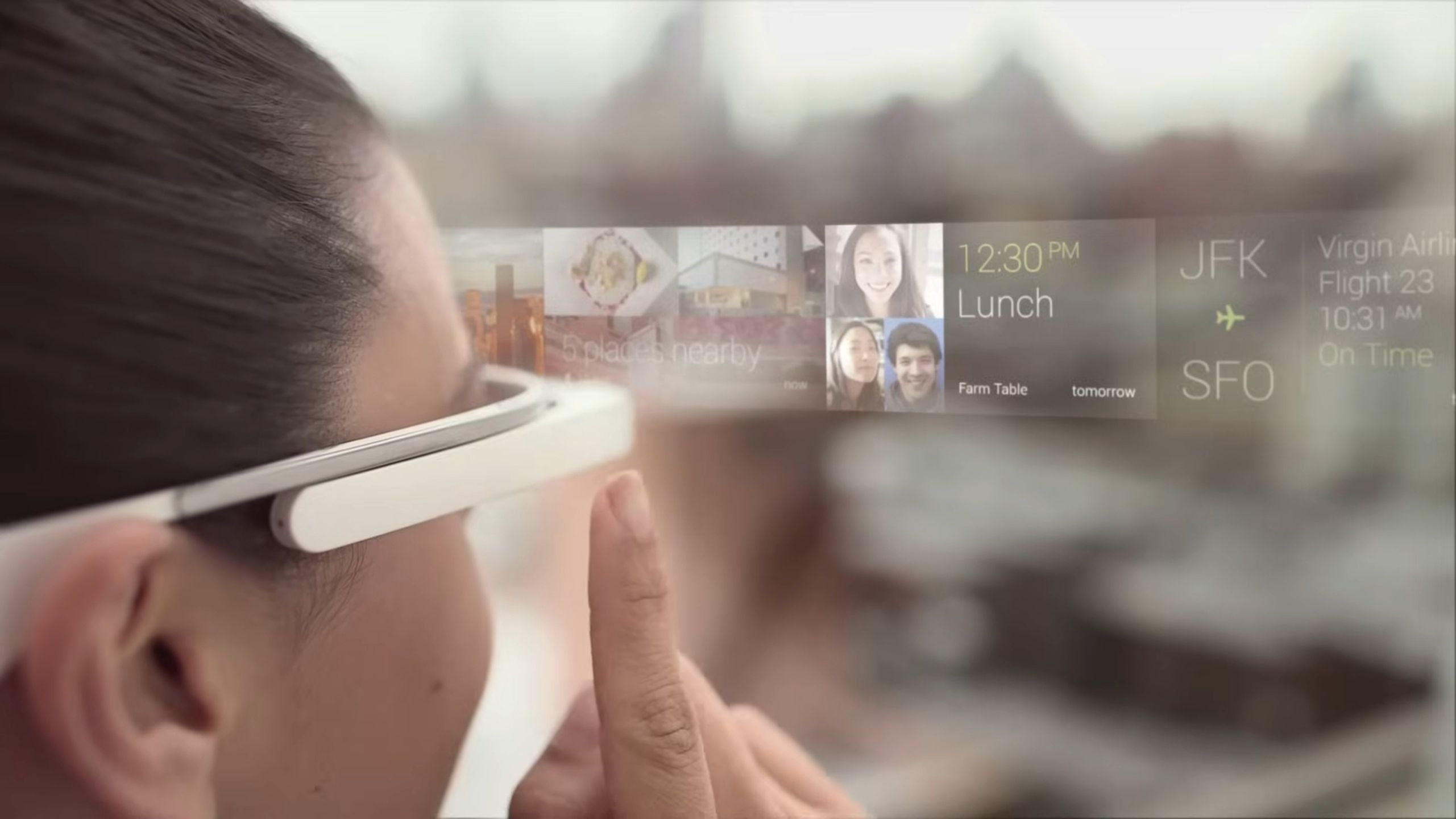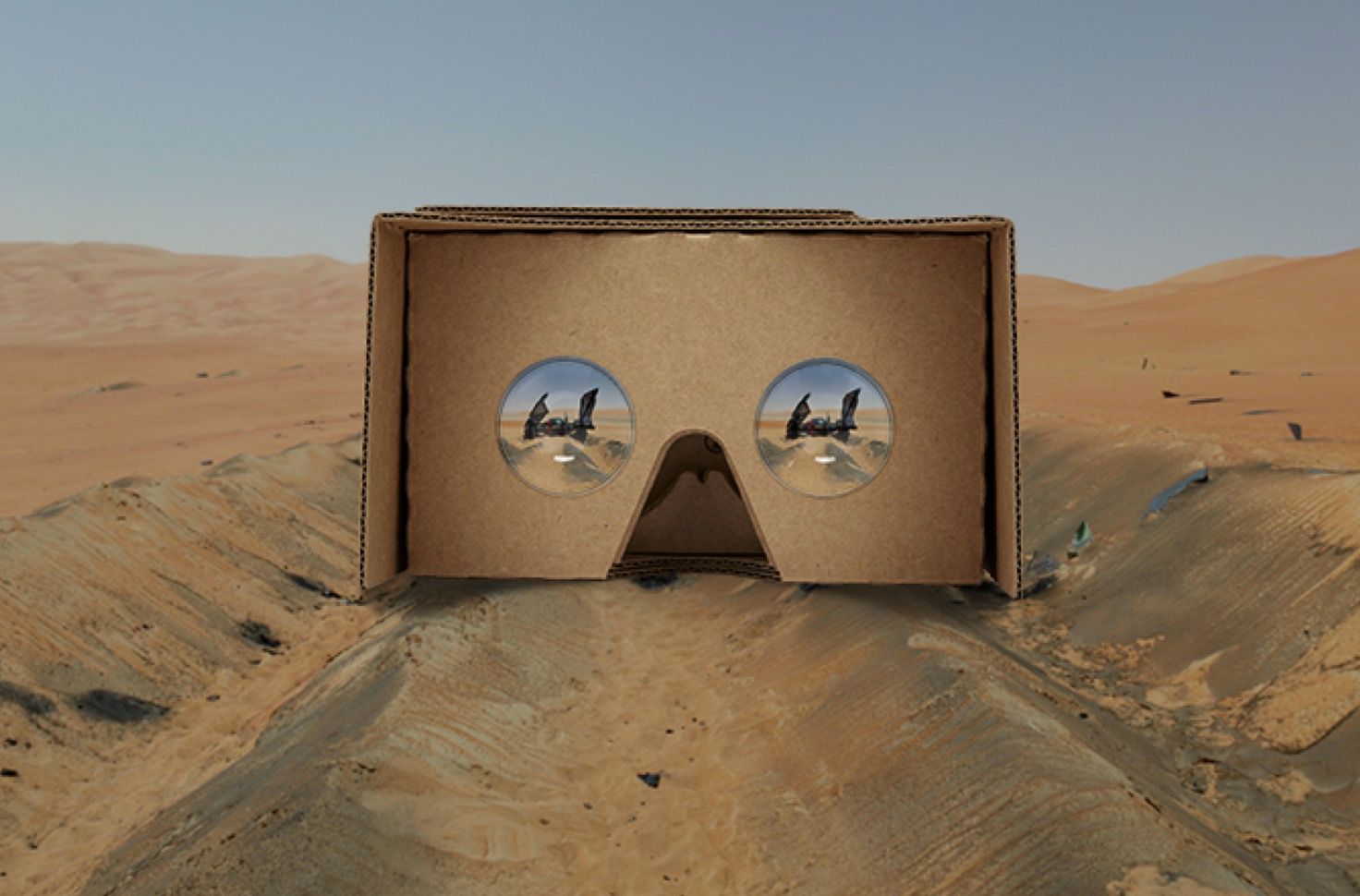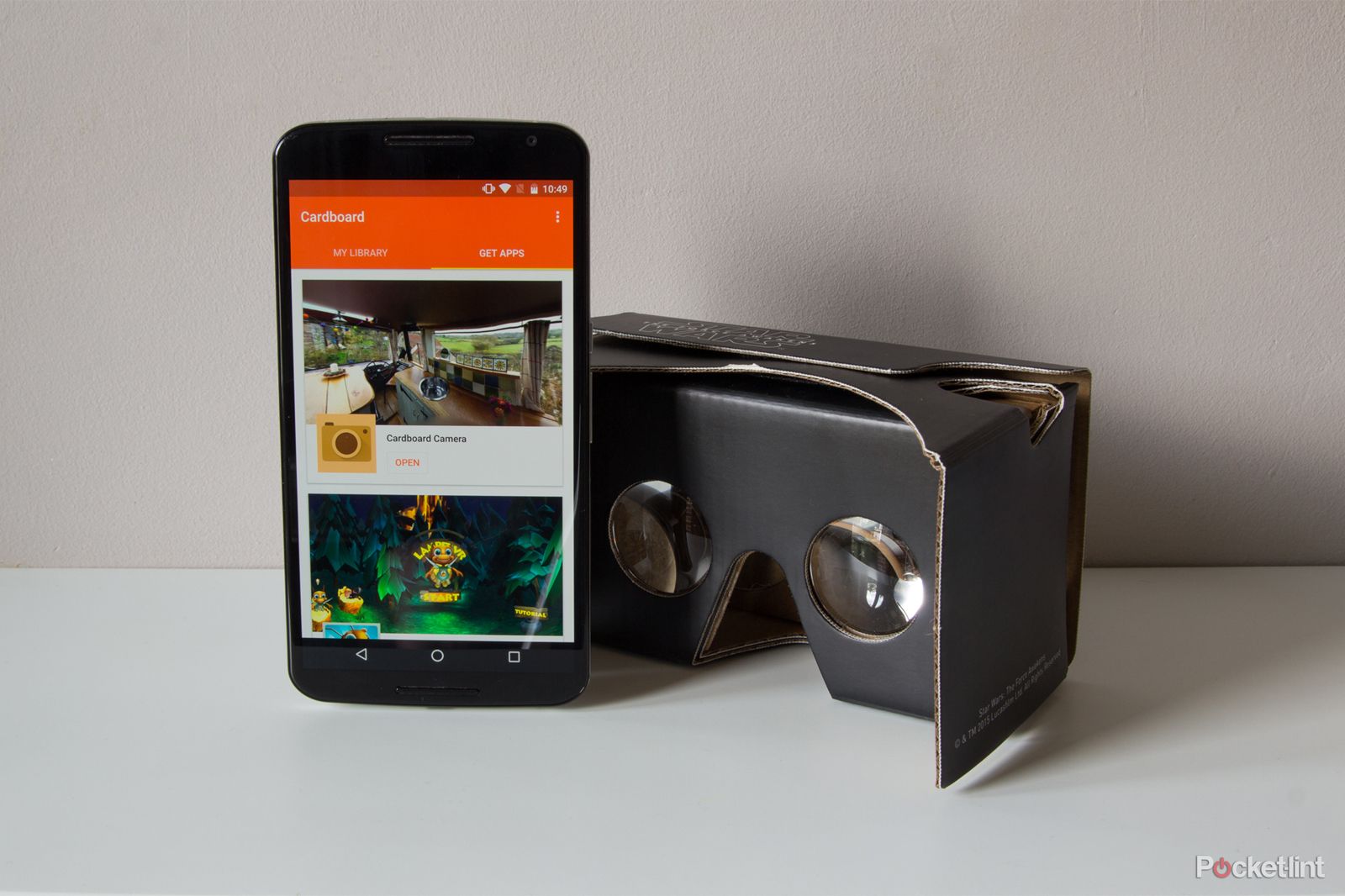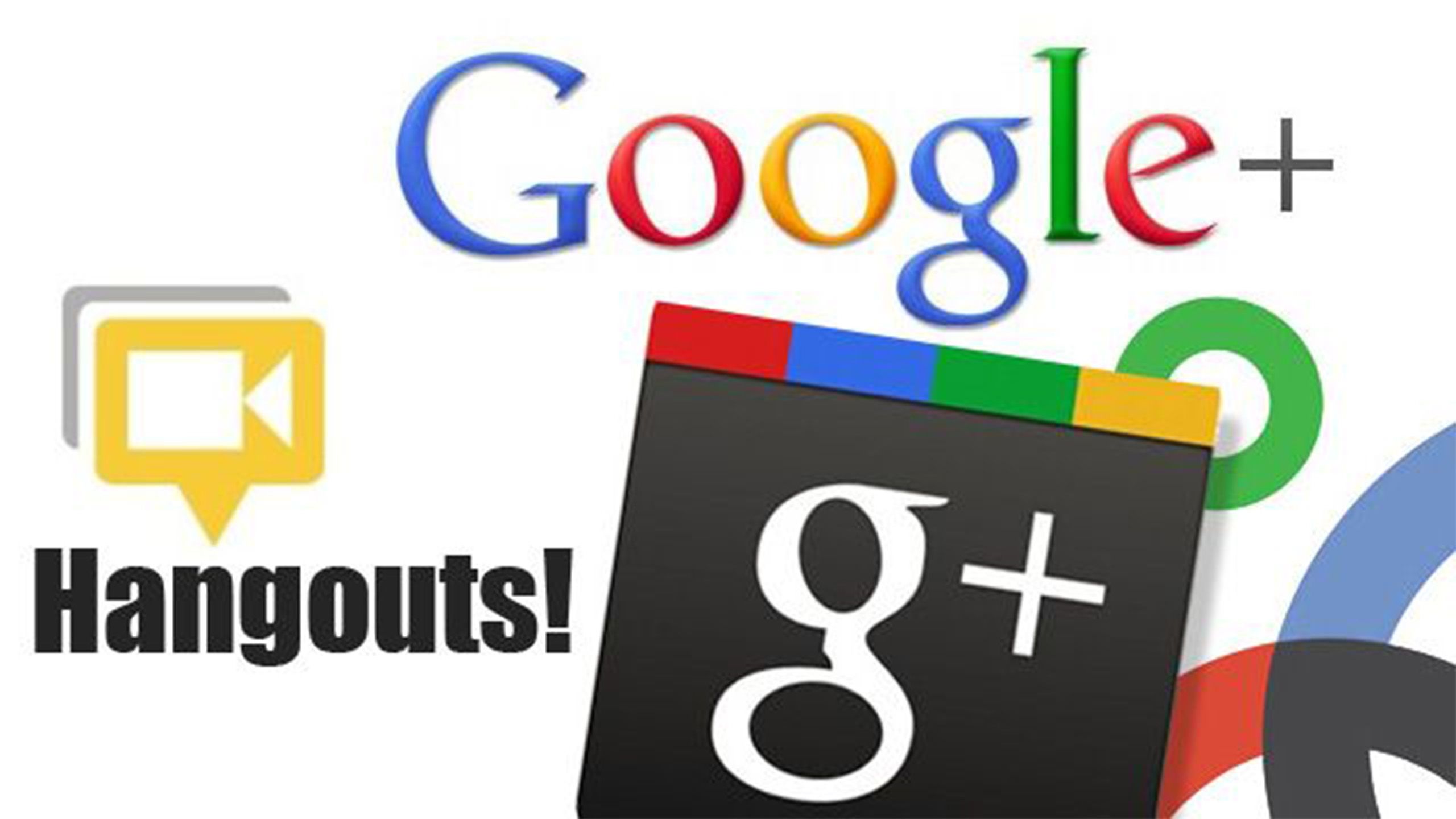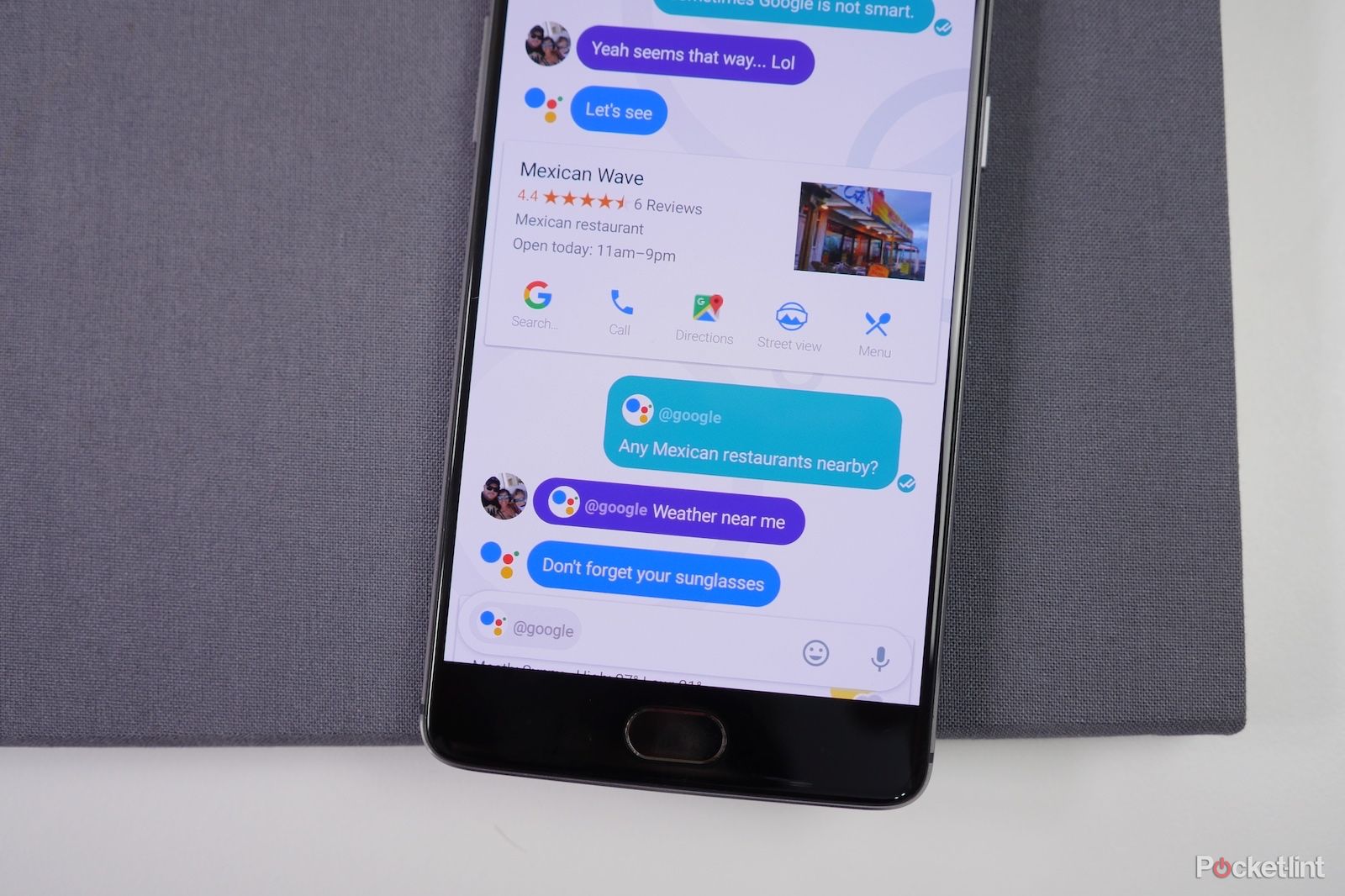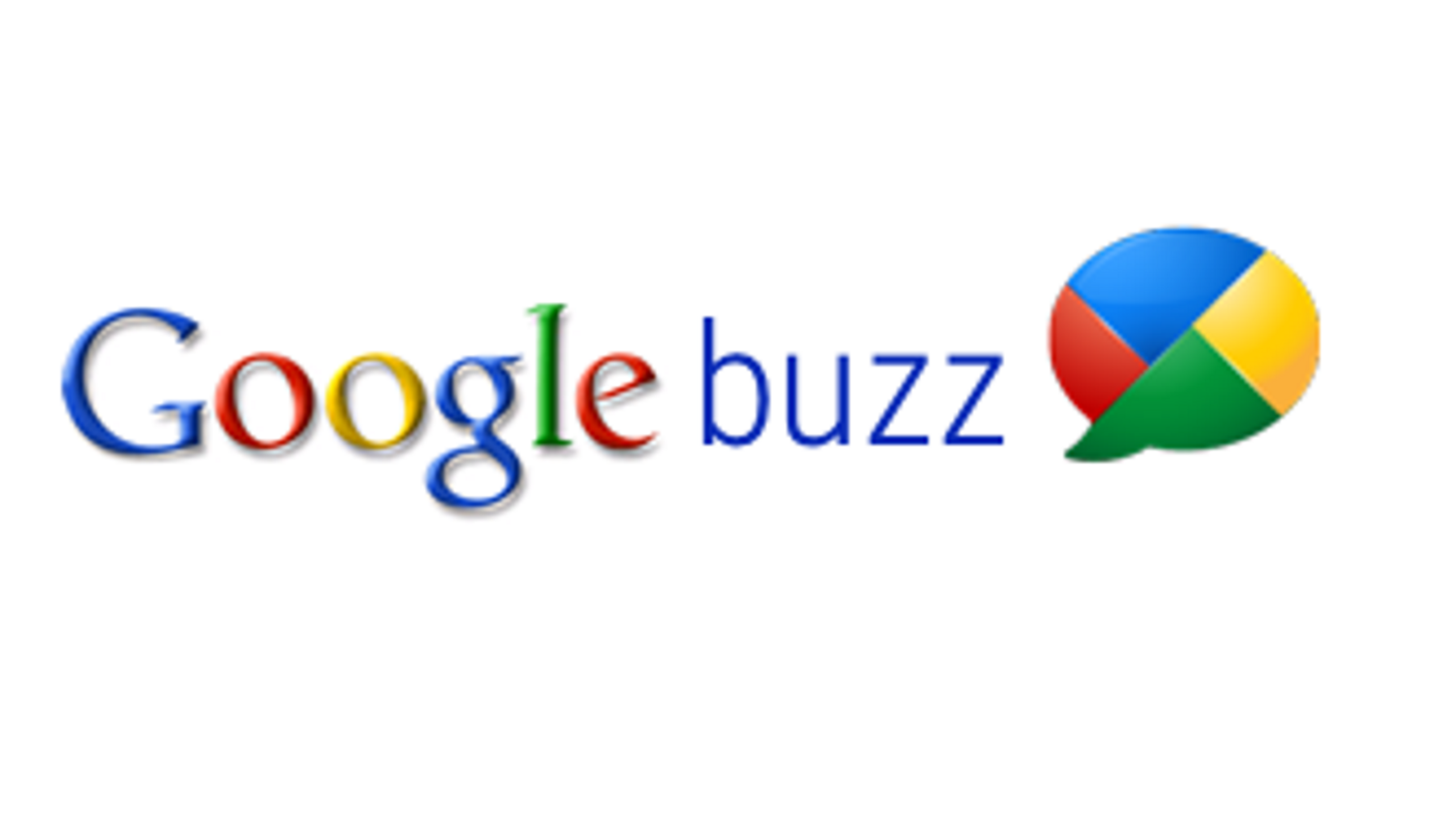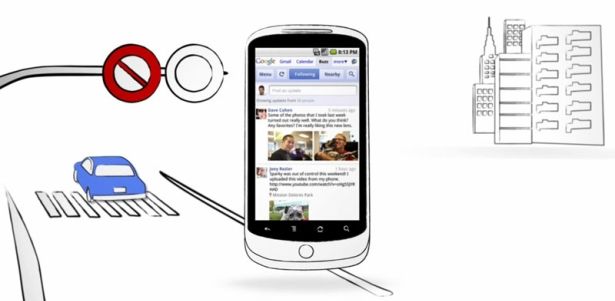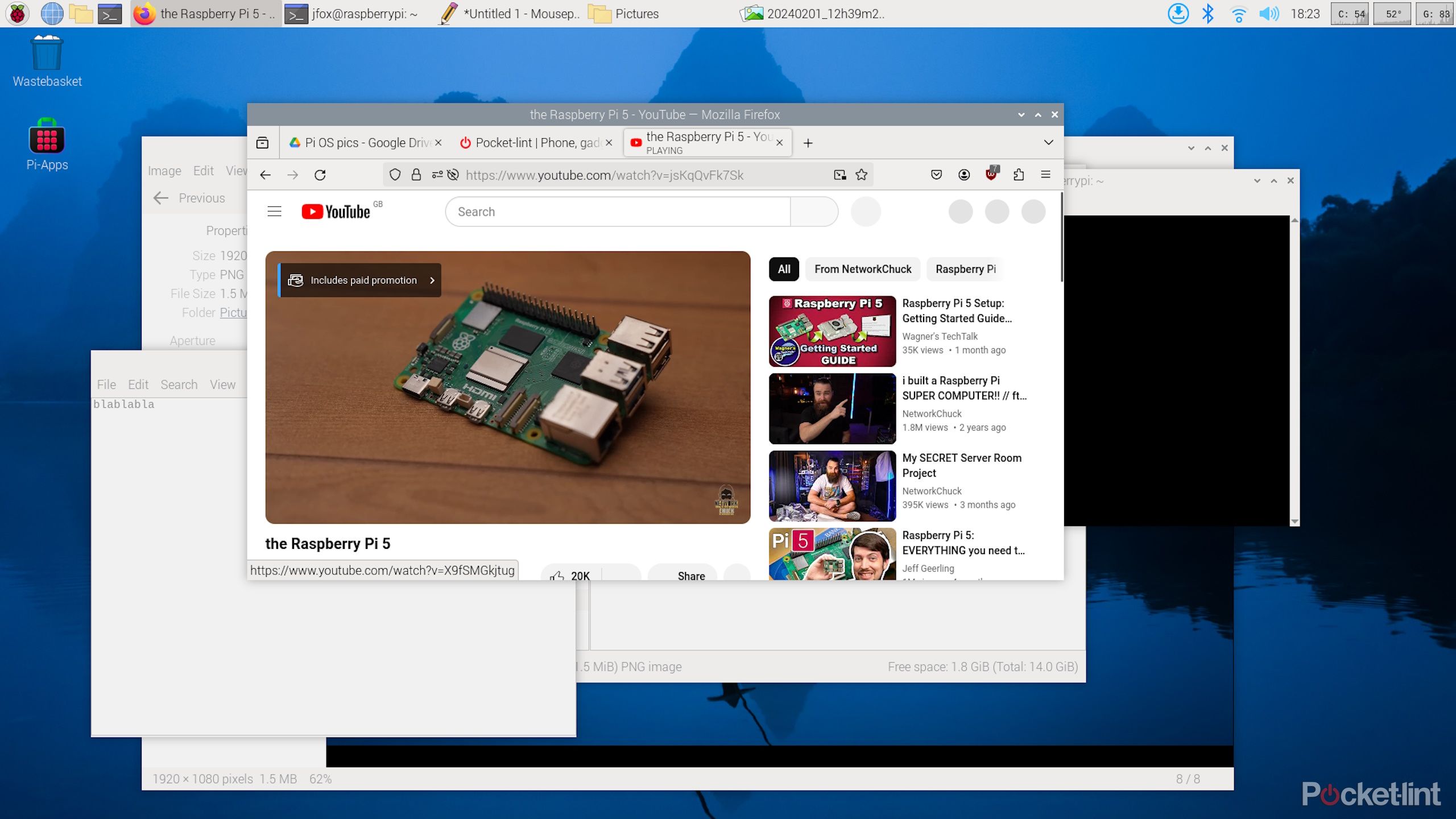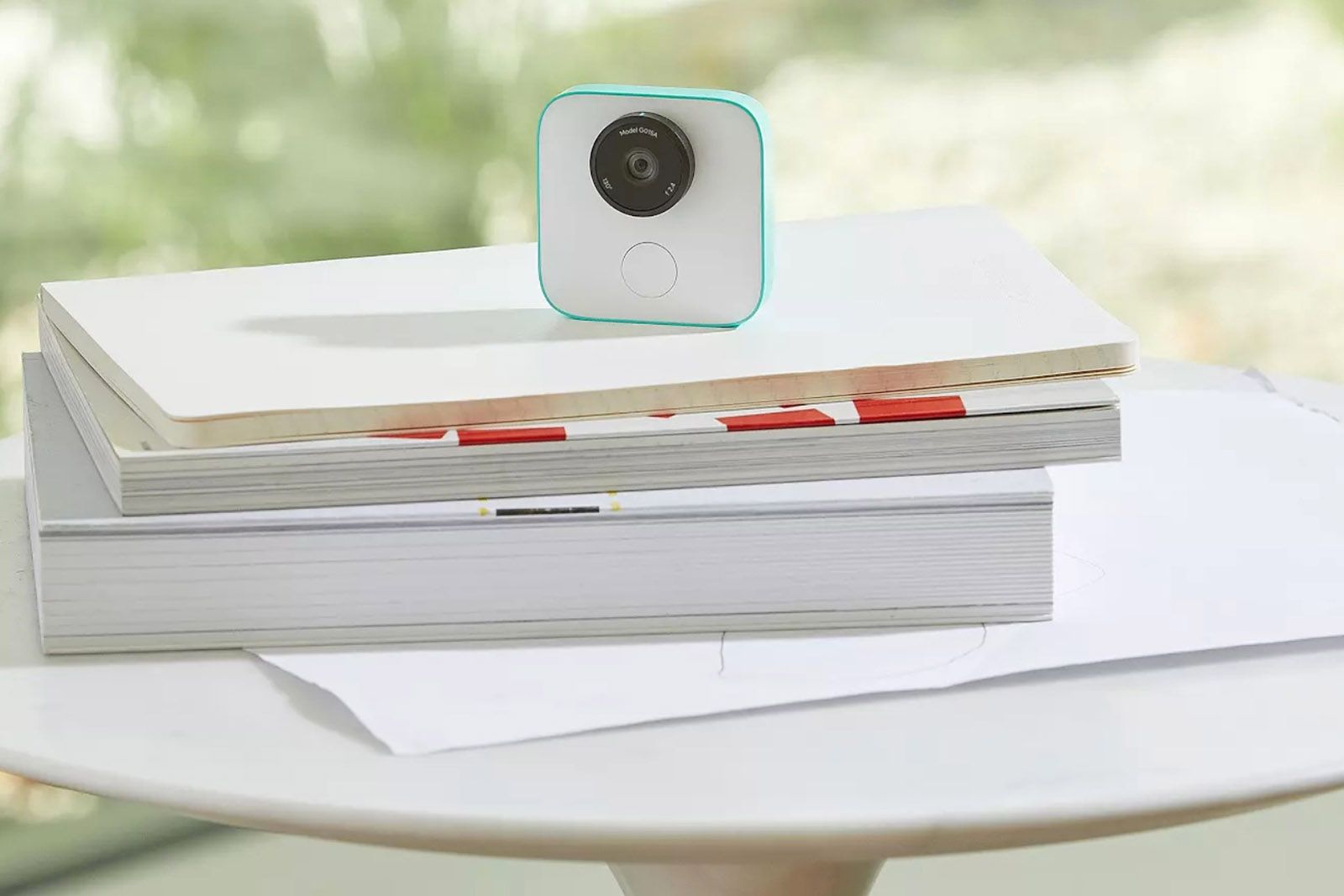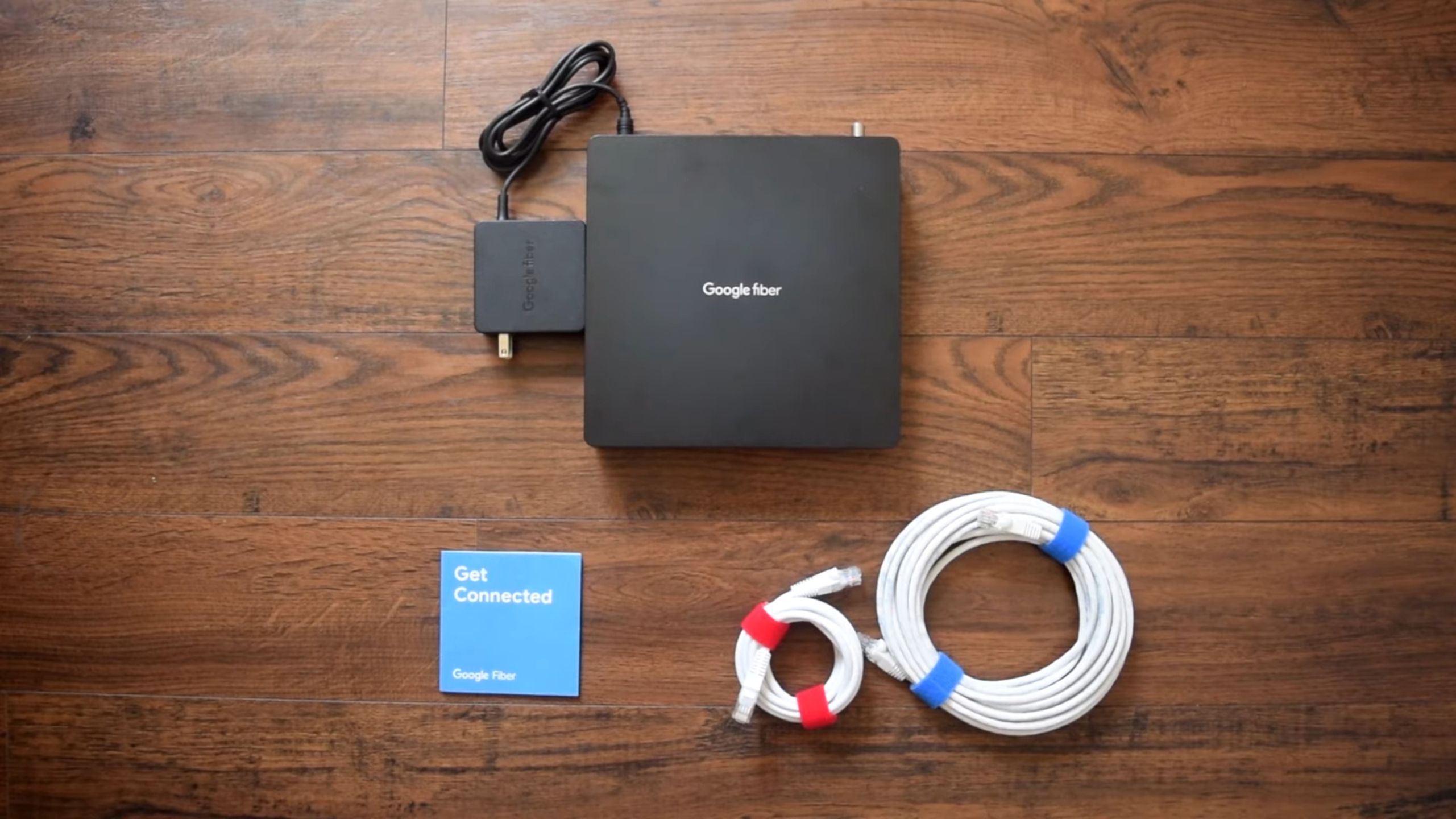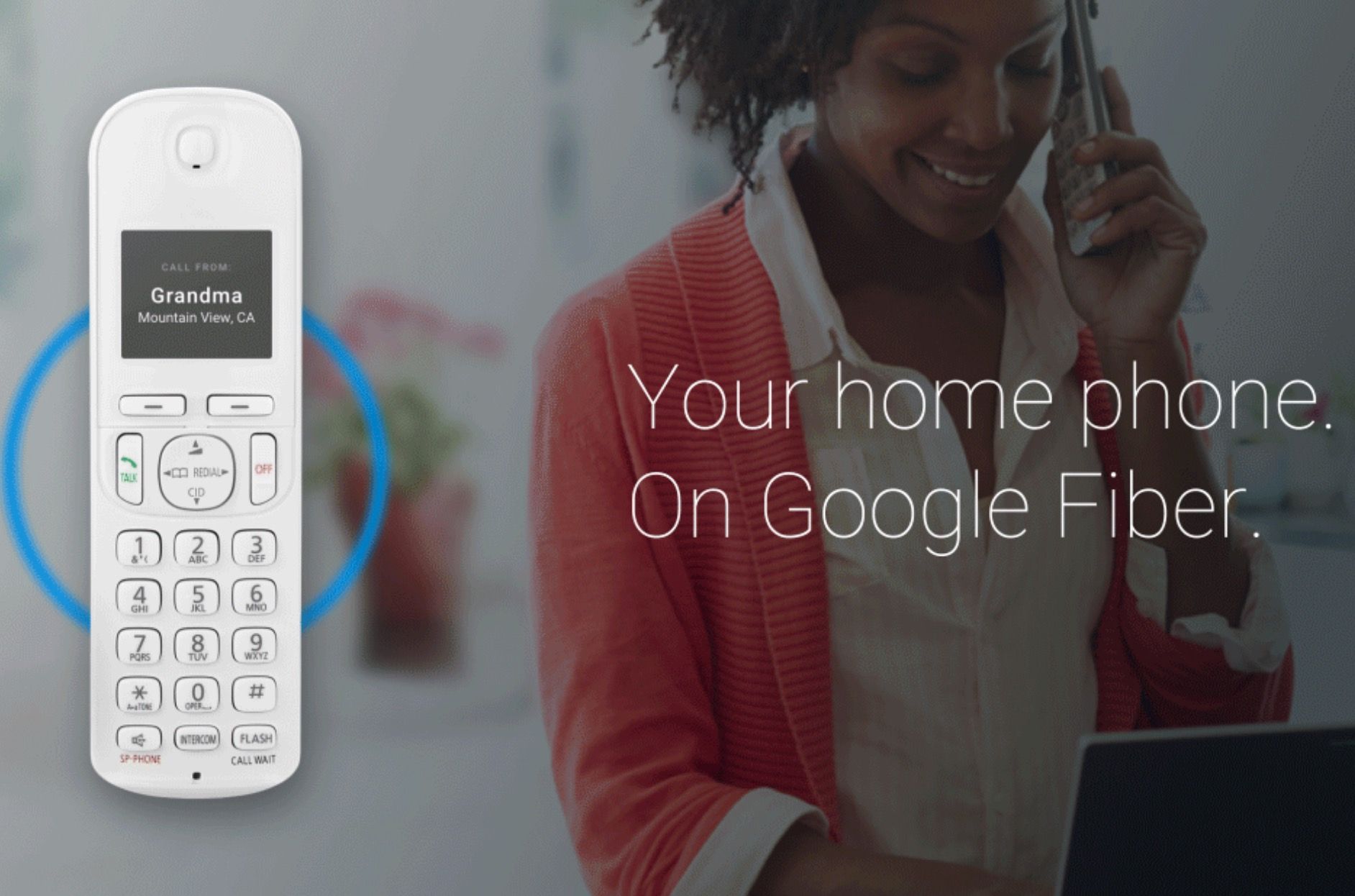Key Takeaways
- Google’s failures include Google Glass, Google Stadia, and Google Cardboard.
- Some of these flops are due to poor execution and market readiness.
- For more killed-off Google experiments, keep reading.
It’s easy to forget all the failures Google has had over the years when you focus on the positives. The search engine remains the de facto search tool that has become its own verb that means to look something up, Gmail is the cleanest, most convenient email service around, plus you have Docs, Sheets, Meetings, and a whole suite of apps and functions under the Google umbrella that have changed the way we interact with computers. Still, not every idea can be a winner, and Google is no exception.
Being one of the biggest companies in the world, Google has to keep experimenting. It’s got a stranglehold on a couple of areas we mentioned, but it also wants to be the first to find new markets to venture into. Some of these experiments weren’t duds because the idea was bad, but more often than not caused by poor execution in some way. A lot of these were in trying to branch out from software into hardware, but there are hundreds of programs and apps that Google has quietly put to bed over the decades. With the death of Google Pay still fresh in my mind, I thought it would be fun to visit the Google graveyard and look back at ten ideas that, for one reason or another, were just never meant to be.
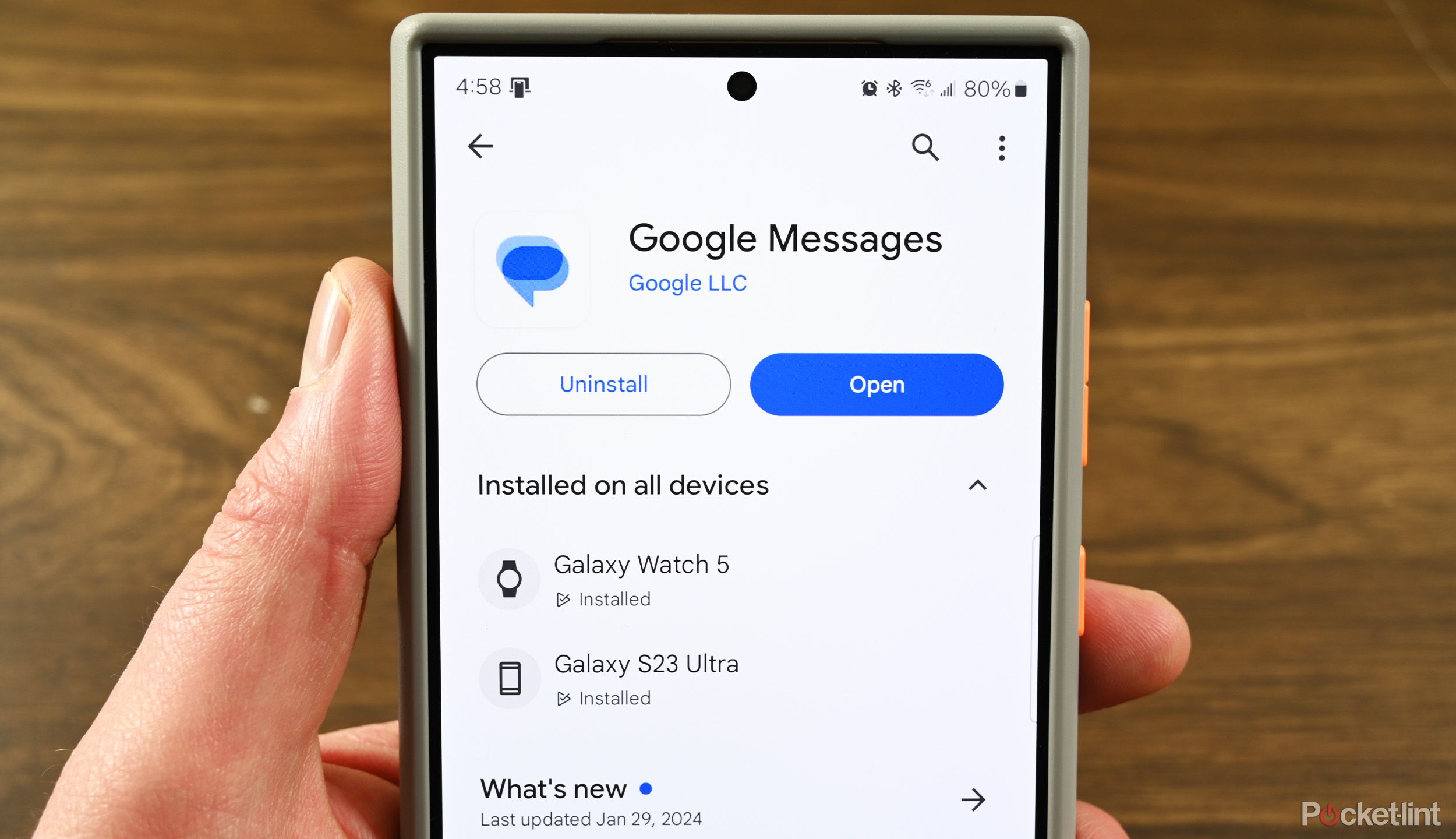
11 hidden Google Messages features, tips, and tricks
Google’s default messaging app has a ton of features, many of them buried. You just have to find them. Here’s the best ones and more tips and tricks.
1 Google Glass
Not a reality
I have to chalk this one up to Google being a bit too ahead of the times. AR glasses like this are going to become a common thing eventually, but there was no way they were going to work when they were made around ten years ago. Even if it were launched today, I still think there would be a big hill to get over to make people want to wear these things in public over just looking at their phone. That, the huge asking price, and the fact that they just looked kind of goofy was enough to make most normal consumers stay away.
Google kept trying to make Glass work for a few years after pulling it back from being a consumer product and just being for enterprise use. However, it just didn’t have enough functionality to make it worth it in that domain either. One day we will all have some AR vision of some kind, but it won’t be the Google Glass.
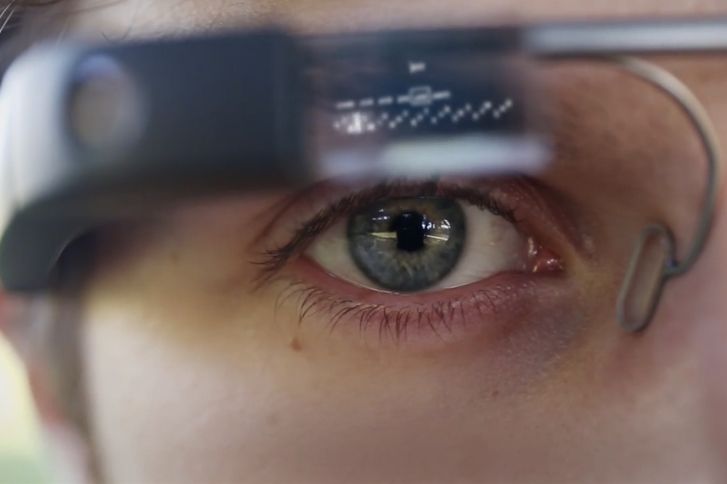
Google Glass: A brief history
2 Google Stadia
Game over
Stadia had so much promise, yet failed to read the room and fell on its face. The concept was one so many had been waiting for, a “Netflix for games” as it were, but that wasn’t quite what it ended up being. The most immediate fault was that it was a subscription service, but you then had to buy the games within the service to play them.
Stadia had an embarrassingly small library to pick from, and the fact it didn’t have cross-play at launch meant it didn’t really have a market. The hardcore gamers who would be interested in playing AAA games on a weak laptop or mobile phone didn’t want to build an entirely new library on a streaming service that may or may not work at all depending on the connection. If Stadia hadn’t tried to be its own ecosystem and play nice with existing platforms instead of requiring developers to make games specifically for that platform and let players access other libraries on it, it could have had a shot.
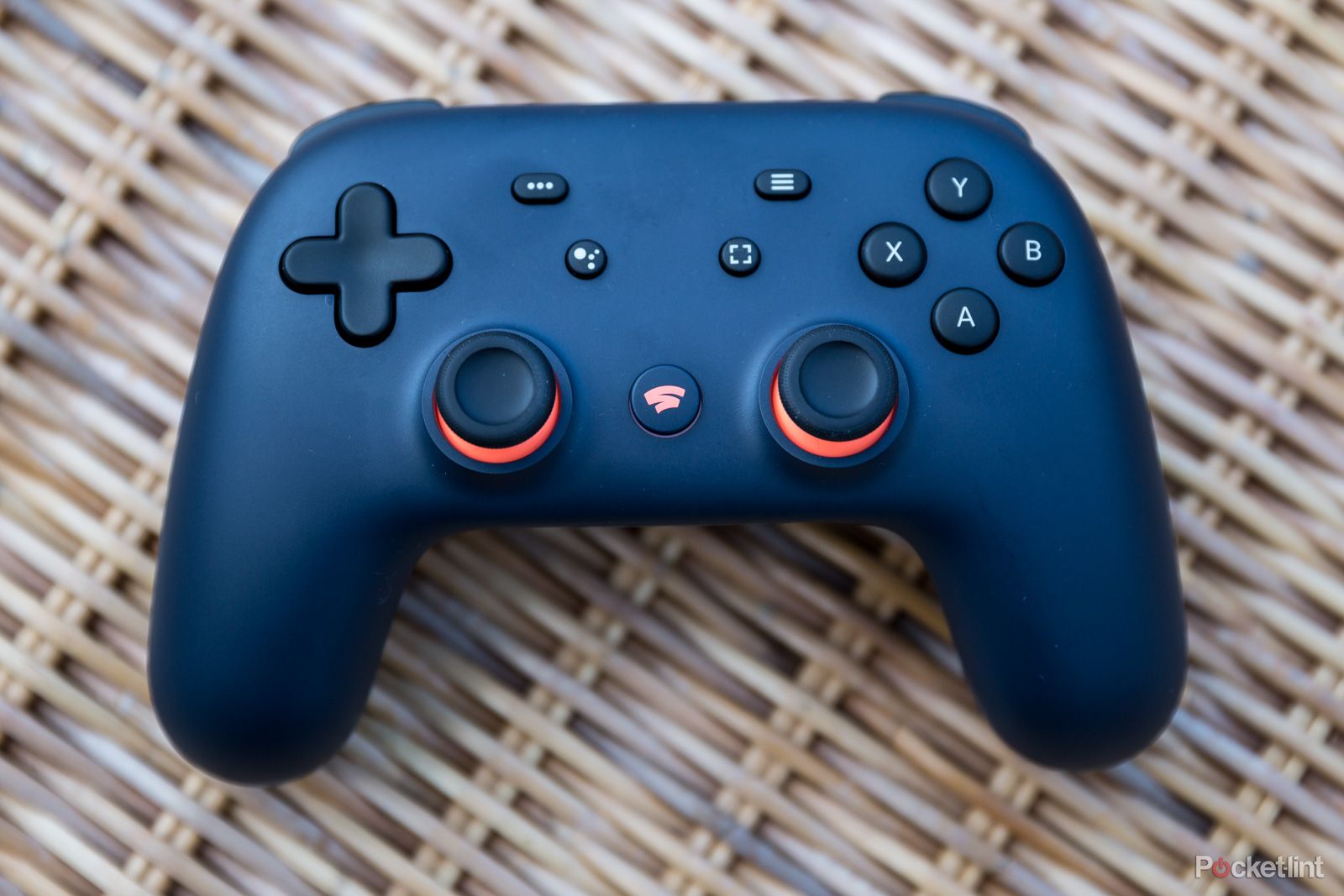
How to convert your old Google Stadia controller to Bluetooth for any device
Your Google Stadia controller doesn’t have to be a paperweight. Learn how to convert it to Bluetooth, enabling it to work with any device.
3 Google Cardboard
Put it in the recycling bin
Google tried to go for the more expensive and boutique option with Google Glass first, but when that failed, it swung way too far in the other direction. Google Cardboard is a glorified smartphone holder that you strap to your face. In principle, it did work, but the flaws were right there in the name.
Cardboard isn’t exactly comfortable to wear on your face for one thing, and it also isn’t all that durable. In the end, it was just easier (and looked way less stupid) to just look at your phone the old-fashioned way. Maybe Google could’ve found a small untapped market if it made a more comfortable phone holder that didn’t disintegrate if it got wet or was at constant risk of getting bent or broken.
4 Google Plus
The anti-social network
Pocket-lint
I can’t remember a more derided change than when Google started forcing Google Plus on us. I clearly wasn’t the only one who simply tolerated Google’s failed social network just to keep using the tools I actually wanted to. It may have actually been a cool service, but shoving it down user’s throats wasn’t the way to go.
Looking back on it, it doesn’t seem like Google Plus was all that exciting as a social network. You could post pictures, write little updates, and join Circles of people who shared your interests or hobbies. While all fine things, it wasn’t going to pull anyone away from Facebook who was already ingrained in that platoform.
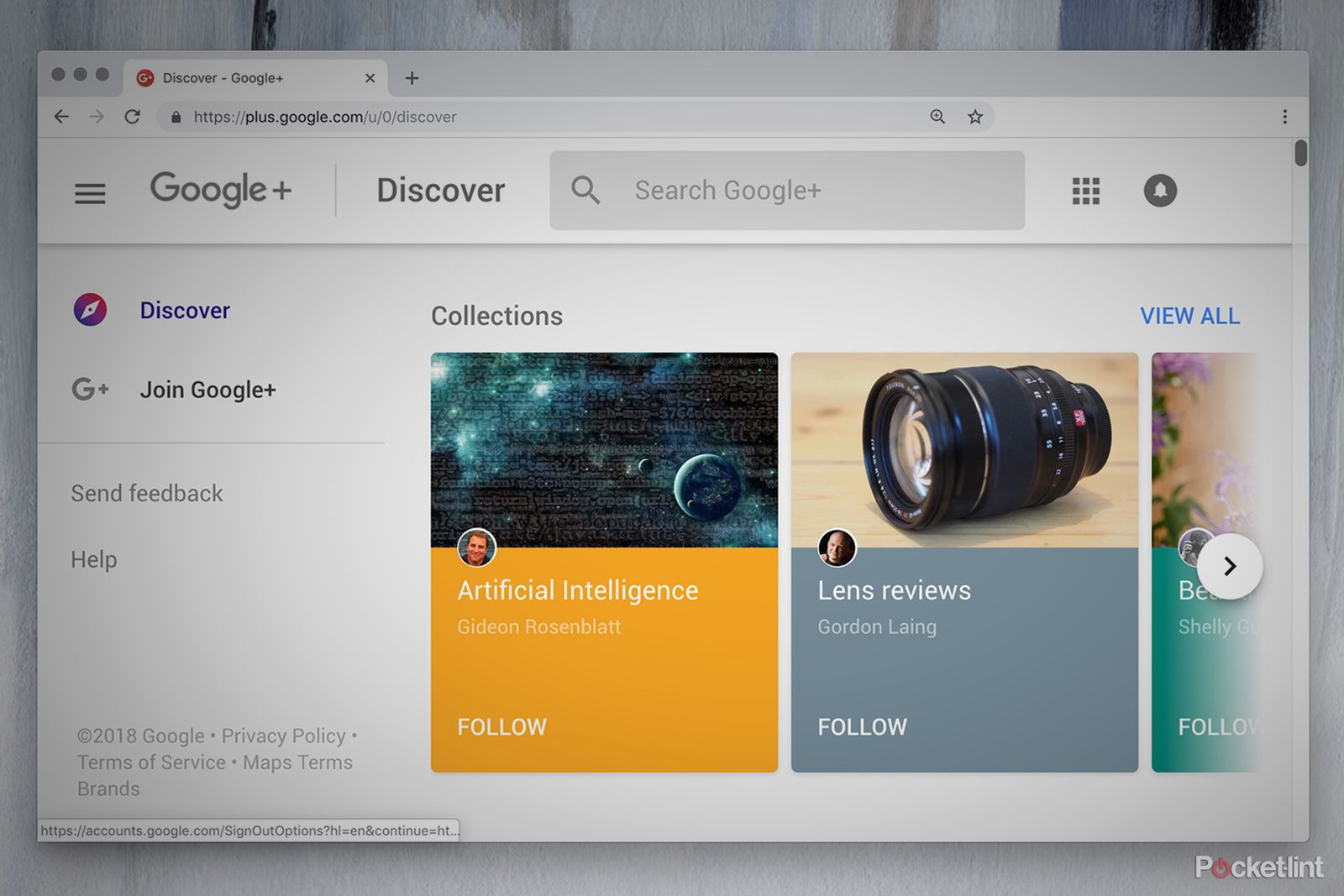
Google moves up Google+ death date due to second security breach
Google+ will shut down in April 2019, instead of the original plan of August, and the API for the website will stop functioning in 90 days.
5 Google Allo
H-allo?
Google was able to take over the email space, so why couldn’t it do the same for messaging? Well, because it was going up against built-in text messaging systems like iMessage. In an era where people didn’t even want to text others who had a green bubble instead of a blue one, booting up a dedicated messaging app like Google Allo was out of the cards.
A big problem with Allo was that it didn’t even have SMS support so you were stuck communicating only through that app despite being tied to your phone number. There was also some weird assistant AI thing that didn’t make any sense to have crammed into a messenger app. It just lacked the functionality and convenience it needed to stick.
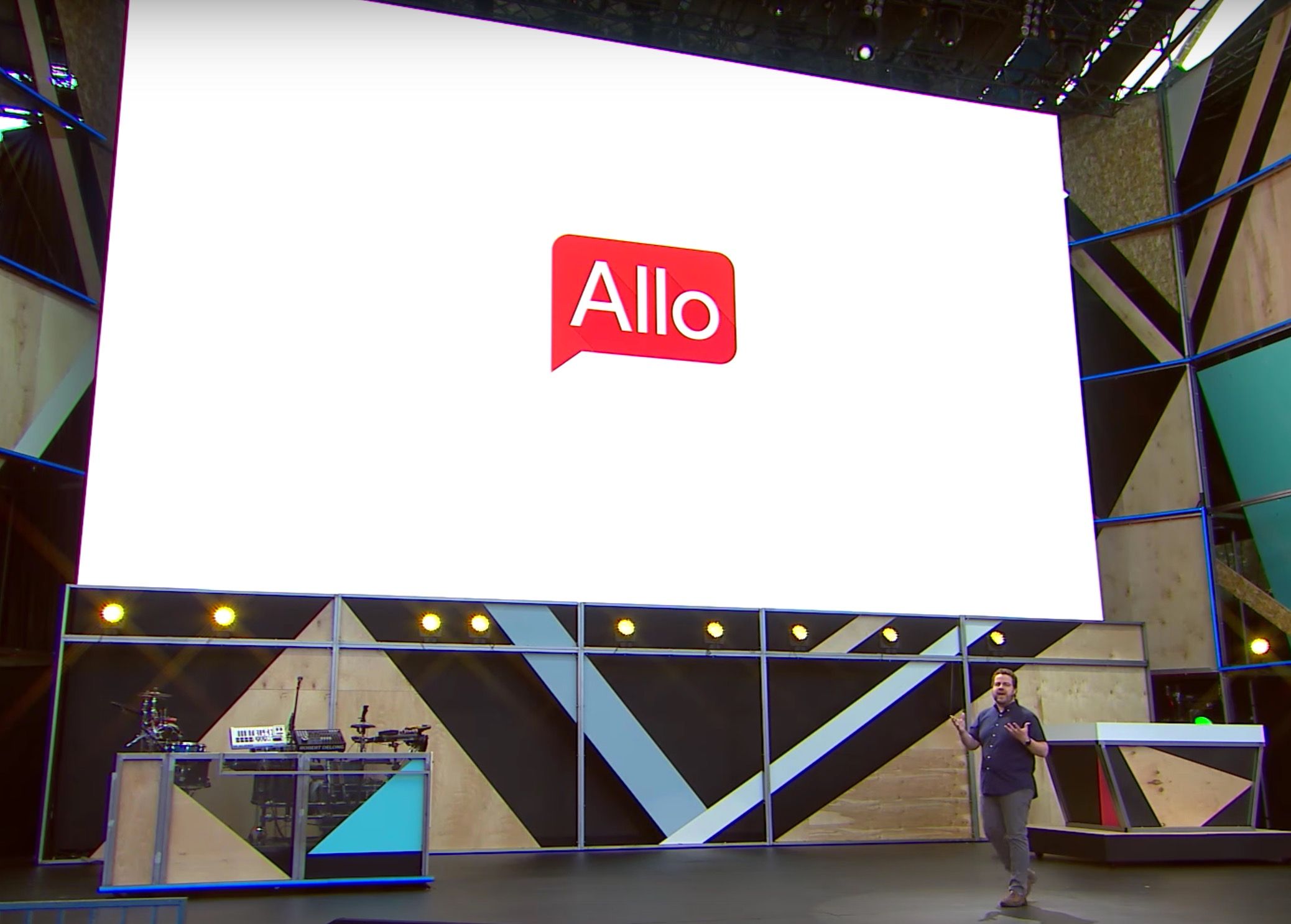
What is Google Allo and how does it work?
Discover everything you need to know about Google Allo. Find out how Google Allo works, what it does and how to use it. All the info you need.
6 Google Buzz
Buzz off
If this sounds completely made up or like a parody, I don’t blame you one bit. Google Buzz was Google’s attempt at Twitter that didn’t even survive a year. Instead of voluntarily going to Twitter when you felt like doomscrolling, now you would be forced to engage with social media right in your email window.
Besides just being a worse version of Twitter, Google Buzz had the brilliant idea of attaching the location you were currently at whenever you posted. That’s just asking for trouble.
7 Google Video
Just buy YouTube
YouTube video: @NetworkChuck
To be fair to Google on this one, Google Video did launch the same year as YouTube so it had just as good a shot to take off and wasn’t a complete cash-grab. It followed the same concept of being an open platform where anyone could upload and search for videos. While it lasted, it was a totally good video hosting site.
The only problem is that YouTube became, well, YouTube. Google saw the writing on the wall early and bought it up as fast as it could and closed down Google Video since there was no need to compete with itself.

YouTube Premium: Everything you get with the ad-free subscription
Do you spend hours sliding down the rabbit hole of YouTube, but are sick of slogging through ads? YouTube Premium may be worth getting. Here’s why.
8 Google SMS search
Text Google your question
Unsplash
In the days before our phones were also computers, there was no way to look something up while out and about. Rather than wait to get back home to a computer to Google it, Google decided to offer you the ability to text your question to Google and get an answer back right away.
By texting a question to 466453 (GOOGLE) you would get a text back with an answer. This was a cool idea, but not exactly convenient for people on limited plans that charged for texts, and was almost instantly killed by smartphones letting you just look stuff up yourself.
What is RCS messaging? The Android texting service explained
Google Messages supports RCS messaging, and Apple confirmed the iPhone will in 2024. But what is RCS messaging? We explain.
9 Google Clips
Not-so-intelligent AI
I think we’ve all had those moments where we saw something cool, beautiful, funny, or just bizarre happen and wish we had caught it on camera. Google Clips was an attempt to make sure that never happened again, so long as you were wearing the little camera and it decided to record what happened, that is.
The whole idea of Google Clips is to clip on this camera with no controls on it and have it use AI to decide when something is worth recording. The only problem was whatever AI was powering this thing wasn’t all that good at deciding what moments were worth recording. Since you couldn’t command it to either, the whole thing was a bust.
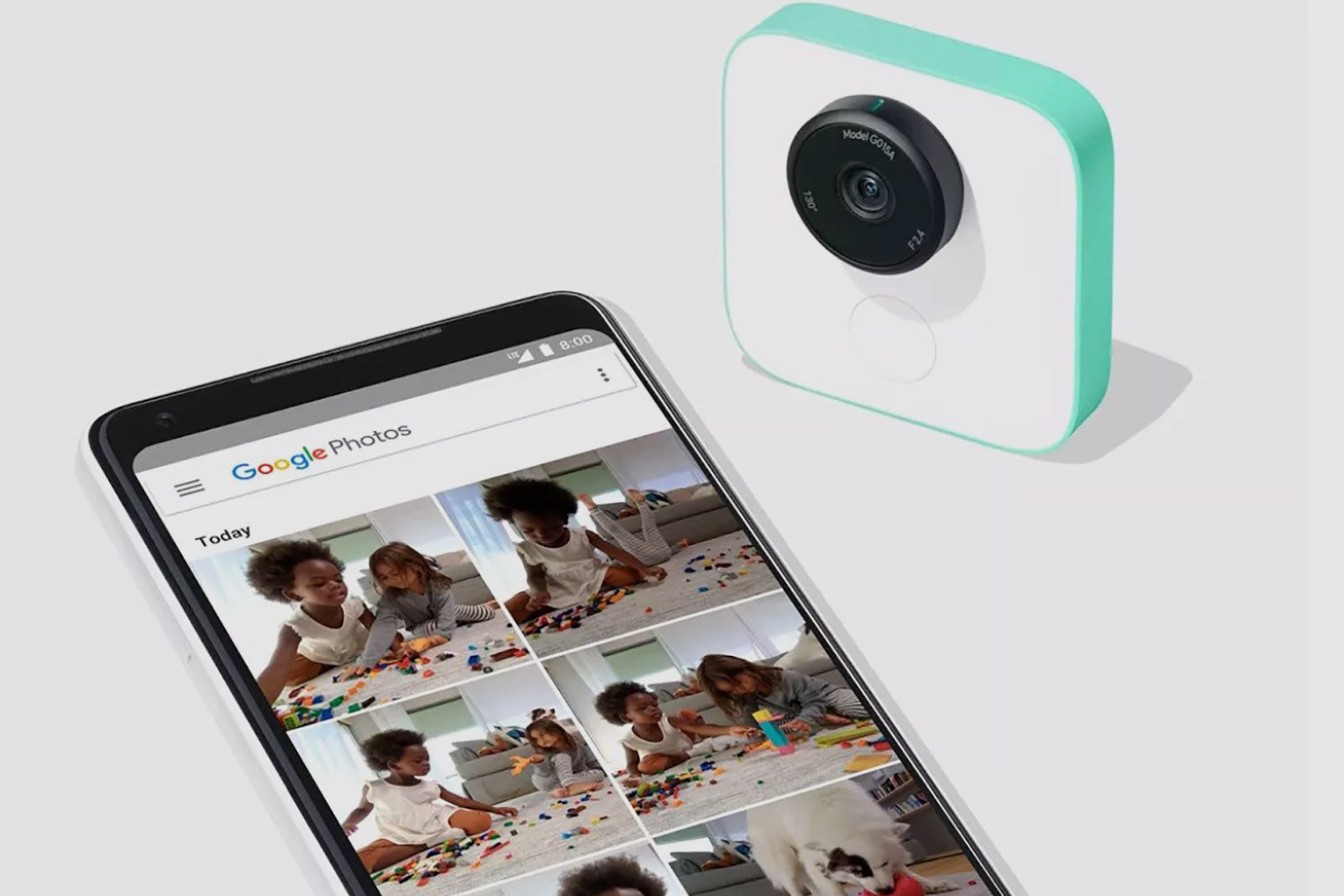
RIP Google Clips: Google quietly removes camera from its store
The company quietly killed the camera, it seems, because the actual product listing has been removed from Google’s online store
10 Google Fiber
Internet for all
This one is actually kind of a bummer because it could have actually done some great things. Google Fiber was an attempt to enter into the ISP business and provide people with cheaper, faster internet than any of the big companies would offer. It used some new fiber tech to provide amazing speeds, and in the areas it actually released in, seemed to be worth the hype.
The problem was in the rollout. It took forever for Google Fiber to start to spread, and it was a huge investment to even get it installed for Google. Starting an entire internet infrastructure from nothing turned out to be too much for even Google to chew and it was forced out by the existing competition. The only positive was that the threat of Google Fiber finally pushed some other ISPs to start offering speeds that could compete with what Google was offering out of fear of losing their customers.

